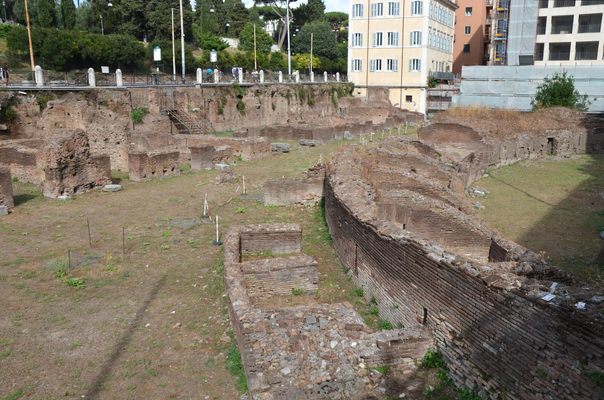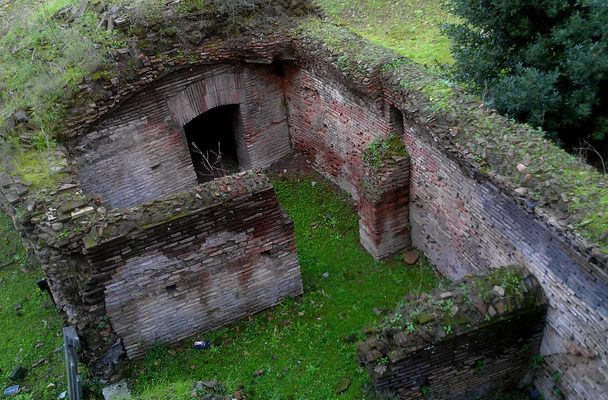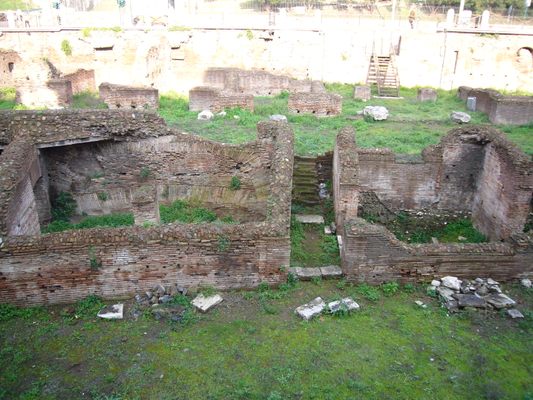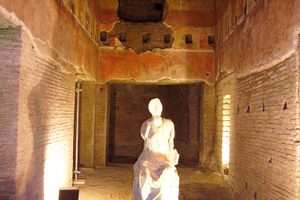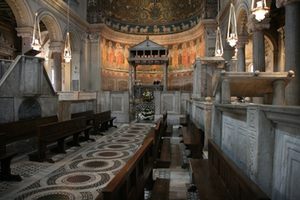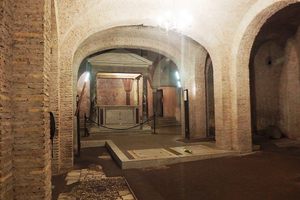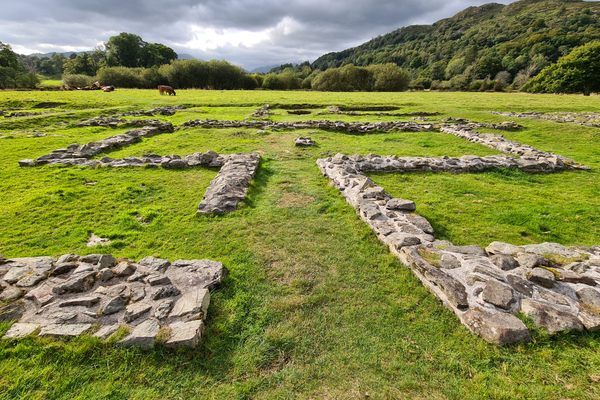About
Ancient Rome's brutal gladiatorial games have lived on in legends and stories long after the games themselves ended. The Colosseum is an impressive architectural feat that continues to draw in vast numbers of tourists every year. But another, lesser-known historic attraction stands nearby: the ruins of the Ludus Magnus, the Great Gladiatorial Training School of Rome.
Originally constructed under the reign of Emperor Domitian in the late first century, the Ludus Magnus was the largest of the four gladiatorial schools built by his order. It functioned as a place for gladiators from all across the Roman world to eat, sleep, train and practice fighting techniques on a regular basis. Their training was open to the public, as it was customary in those times, and the Ludus could seat approximately 3,000 spectators at one time.
The training school underwent a major renovation under Emperor Trajan's reign, later also modified and repaired during the times of Hadrian and Caracalla. By the fifth century, however, gladiatorial games had been banned by Emperor Honorius, and along with the Colosseum the school eventually fell into disuse. A small cemetery and several churches were subsequently built on the site of the Ludus Magnus, though they have since been abandoned.
The ruins of the training school were discovered in 1937, as a series of new constructions was taking place near the Colosseum. What can be seen today is only part of the practice arena and barracks built by Trajan, and the rest of the structure is believed to remain hidden under street level. Which means, a myriad of tourists and modern Romans alike walk and live above where the ancient gladiators trained, all unknowingly.
Related Tags
Flavors of Italy: Roman Carbonara, Florentine Steak & Venetian Cocktails
Savor local cuisine across Rome, Florence & Venice.
Book NowCommunity Contributors
Added By
Published
May 18, 2020



